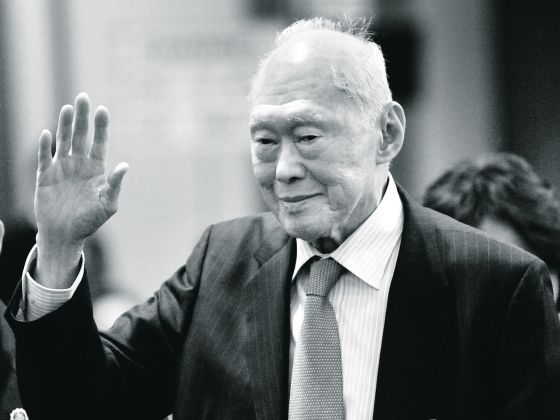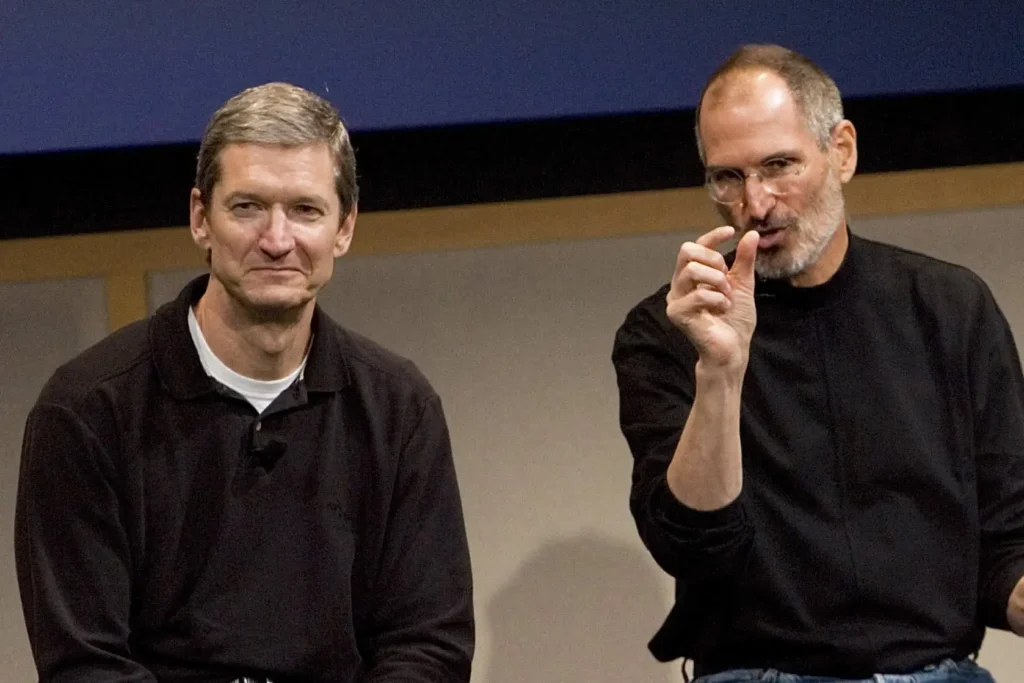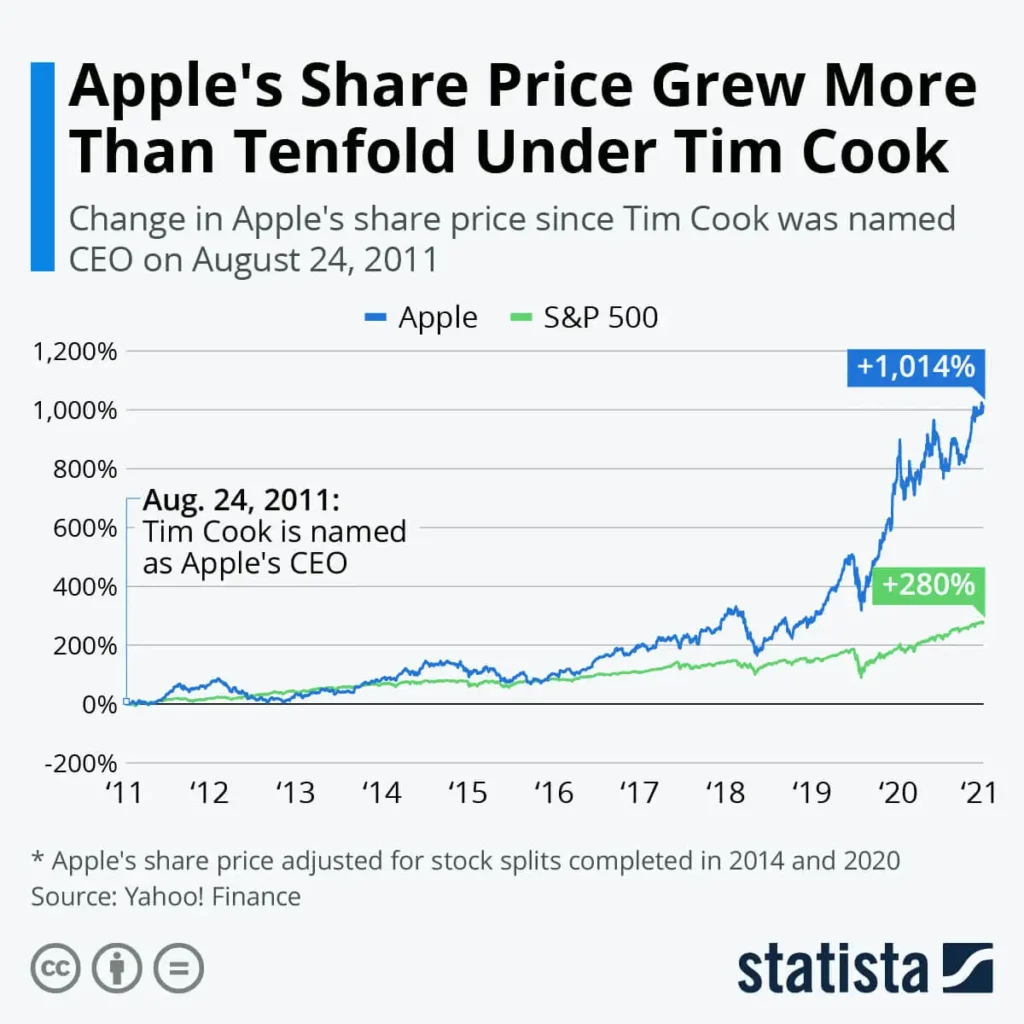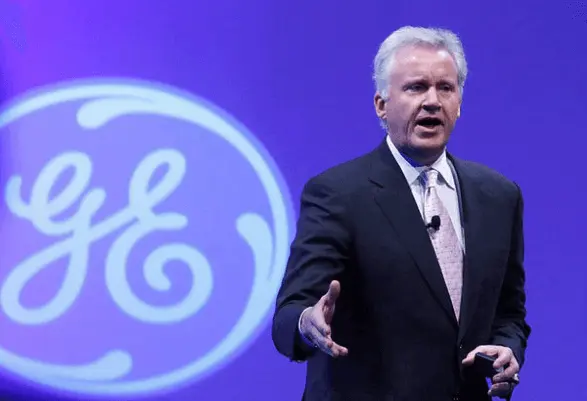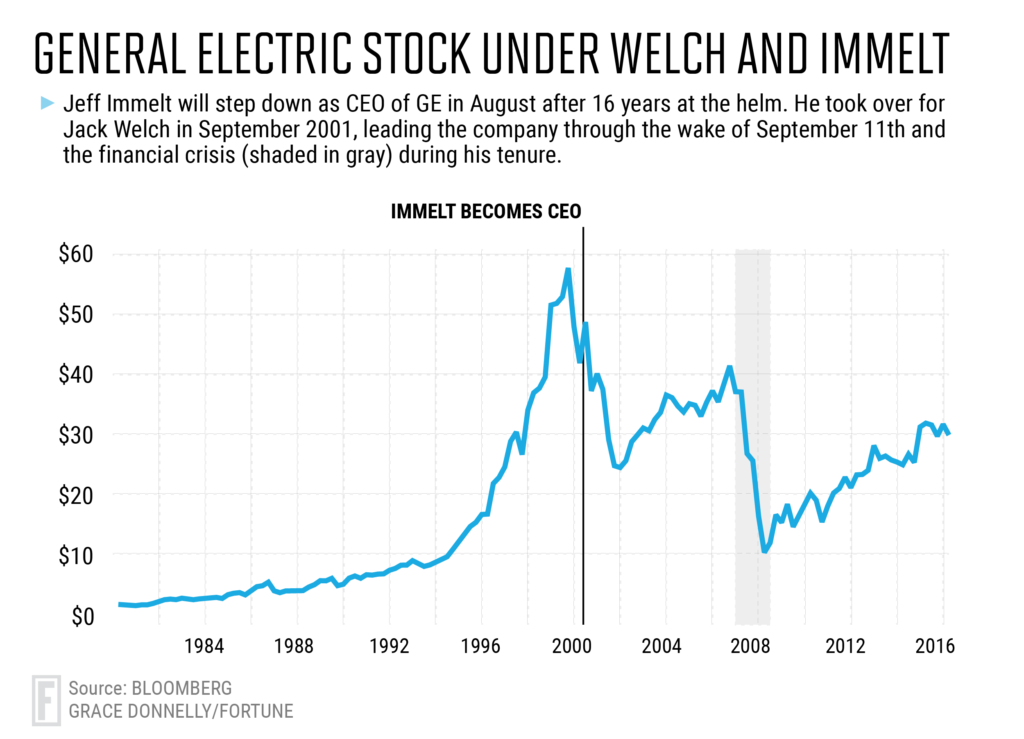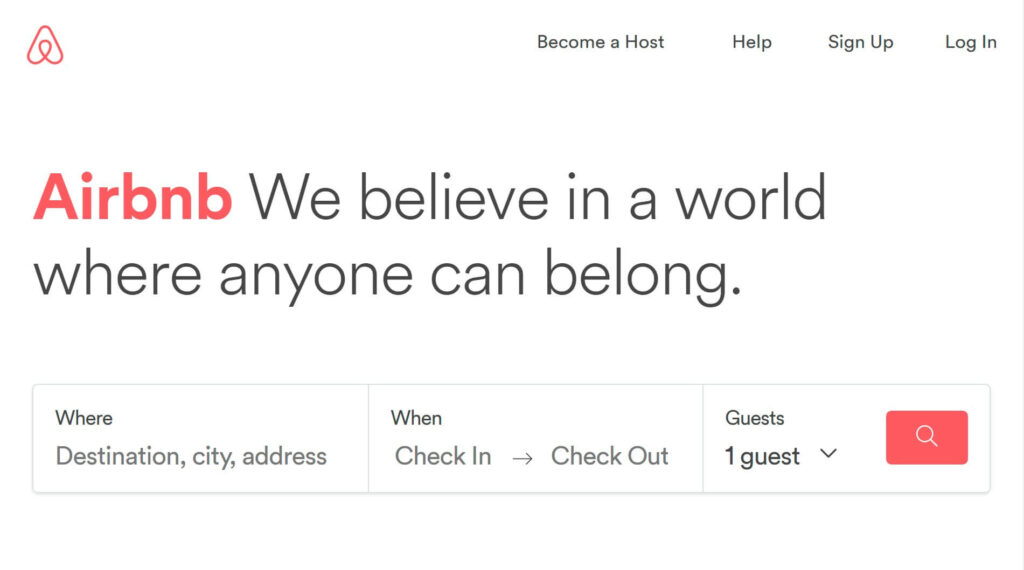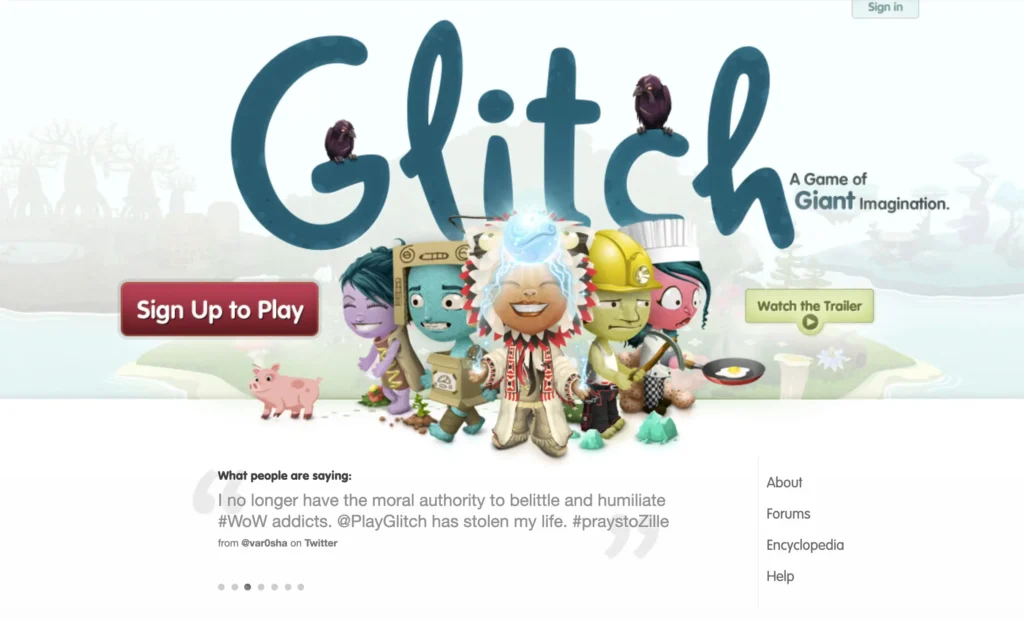$18 billion is lost annually in logistics delays—yet most companies don’t invest in AI-powered visibility. Why? It’s not ignorance it’s unawareness. This content marketing case study is focussing here.
Having a great product isn’t enough—it’s also about how well you communicate it. Many supply chain tech companies struggle to attract the right audience because they focus only on sales, not on educating potential customers.
Let’s take Portcast as an example. It provides AI-powered shipment tracking and predictive visibility, helping businesses reduce delays and optimise supply chains.
But can Portcast grow even faster with content marketing? How can it beat competitors like GoComet, Shippeo and ViseWise? and what steps can turn its website traffic into real business growth?
1.Evaluate Current SEO & Inbound Marketing Performance
In this marketing case study first we are going to understand what’s the current strength of Portcast considering its digital marketing phase. Portcast has built a strong presence in the logistics tech space, and it ranks for high-value keywords; much of its traffic comes from container tracking pages rather than content-driven searches. Let’s break this down.
1.1 Top-Performing Pages: Tracking Pages Drive Most Traffic
Portcast’s highest-ranking pages are for container tracking, these pages drive the most traffic, but it is a missed opportunity because tracking pages may not convert well into leads.
Competitors like ViseWise, GoComet and SeaRates combine tracking with conversion-focused content, giving them an edge in turning visitors into customers.
Let’s take an example for the keyword Wan Hai shipping tracking, GoComet and Searate are there in the first page results immediately after Wan Hai Lines results, and how their content is different, let’s see.


✅ GoComet (Better UX)
✔ Simple, instant tracking – Users enter the tracking number and immediately see results.
✔ Minimal friction – No requirement to book a call, register, or provide emails.
✔ Trust-building content – Performance data (on-time arrival, delay trends, CO₂ emissions) gives added value.
✔ SEO-friendly structure – The H1, H2, and body include the exact keyword match (“Wan Hai container tracking”), making it easier for Google to understand.
✅ GoComet (Conversion-Focused Content)
✔ Optimised for search intent – Uses frequent exact match keywords (H1, H2, meta, and body).
✔ Addresses user concerns – Includes FAQs on tracking, shipping schedules, and delays.
✔ Trust-building elements – CO₂ emission reports, carrier performance metrics, and service details.
✔ Internal linking – Links to related shipping carriers (CMA CGM, Maersk, ONE, etc.) to increase user retention.
1.2. Keyword Rankings: High-Value Searches But No Supporting Content
Portcast appears on Google’s first page for valuable keywords like:
- “Maritime visibility solutions“
- “Predictive ETA for ocean freight“
- “How to track shipment delays in real-time“
However, the content on these ranking pages is weak compared to competitors like Shippeo and Windward, who provide detailed guides and industry insights.
Portcast’s lack of structured content makes it vulnerable—competitors can overtake these rankings with better-optimised content.
1.3. Traffic Trends: Declining Visits Across Key Markets
Traffic has dropped significantly in key countries (which contribute 40% of traffic share):
- India (-5K visits)
- USA (-2.2K visits)
- Germany (-378 visits)
- Malaysia (-133 visits)
This decline suggests that Portcast’s search demand is shifting. It needs to update and expand its content to capture more inbound traffic.
1.4. Missed Commercial Opportunities: No PPC Campaigns
Portcast isn’t running Google Ads for keywords like “real-time container tracking” or “supply chain tracking solutions.” Meanwhile, competitors likely capture potential leads through PPC campaigns.

To grow faster, Portcast must invest in SEO, content, and paid marketing like the competitors do.
2.Why Competitors Ranks Higher for Container Tracking & How Portcast Can Improve
To understand this, for our marketing case study purpose, I am choosing ViseWise as a competitor since they are one of the best performers in content marketing in this domain. Portcast has strong domain authority (DA 25 vs. Visiwise’s DA 20), yet Visiwise still ranks higher for “CMA CGM container tracking” and similar searches.
Here’s why:
2.1. Exact Match Keyword Optimization (Better On-Page SEO)
What Visiwise Does Well:
✅ Optimised for exact-match keywords like “CMA CGM container tracking” in H1, H2, metadata, and throughout the content.
✅ Uses variations like “Track CMA CGM Containers” & “CMA CGM Bill of Lading” for semantic relevance.
✅ CTA Says “Track Container” .
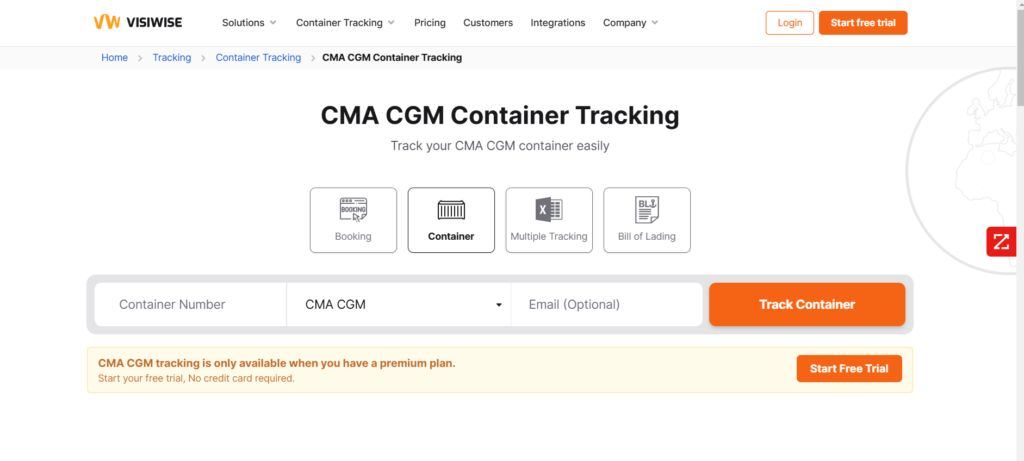
Portcast’s Weakness:
❌ Content focuses more on visibility platforms & booking calls, diluting relevance for container tracking searches. Even CTA saying “Get Started” make users feel overwhelming.
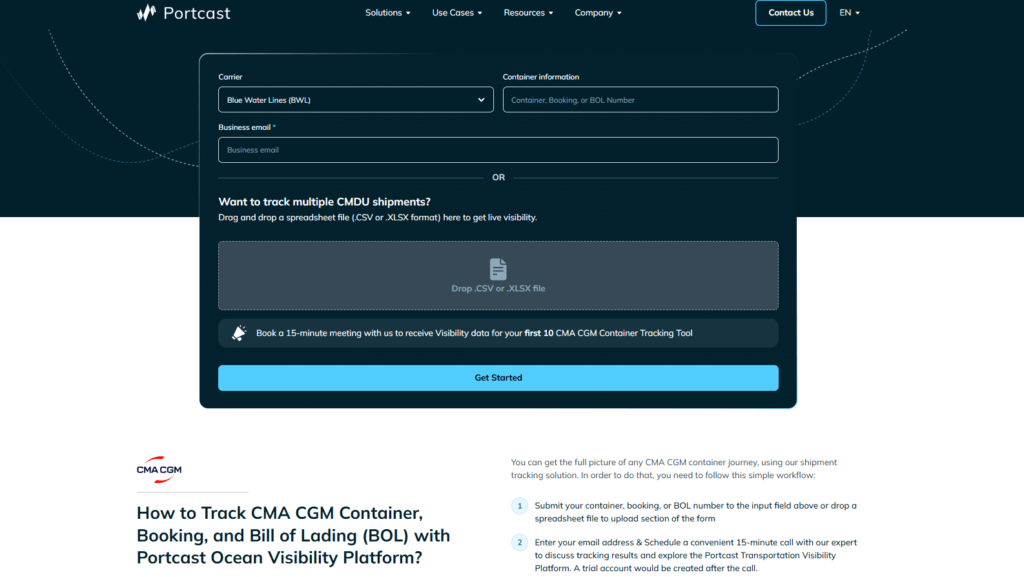
💡 Solution: Portcast should focus on keywords (at least for high traffic keywords) by naturally placing “CMA CGM container tracking” in headings, metadata, and body content.
2.2. User Intent Alignment (Better UX)
What Visiwise Does Well:
✅ Instant tracking results—users can enter a container number immediately.
✅ Focuses on solving user intent quickly, reducing friction.
Portcast’s Weakness:
❌ Forces users to give a business email and call booking before tracking, adding unnecessary friction.
❌ Google prefers pages that solve search intent efficiently—requiring a signup first may increase bounce rates.
💡 Solution: Remove barriers—allow direct tracking without requiring signups or meetings.
Imagine this—you just want to check the gold price, but the jewellery store owner insists you fill out a form, provide your email, and schedule a call before revealing the rate. Frustrating, right? Most people would walk away. Inform the rate, make him a frequent visitor, build trust—that might be a better approach.
2.3. Internal Linking & Navigation
What Visiwise Does Well:
✅ Clear tracking navigation—separate sections for Container, Booking, and Bill of Lading.
✅ Each container prefix (e.g., CMAU) has a dedicated page, creating more indexed pages for better SEO.
Portcast’s Weakness:
❌ Tracking mixed with sales CTAs, making navigation less intuitive.
❌ No dedicated pages for container prefixes, reducing SEO visibility.
💡 Solution: Improve internal linking by:
1️⃣ Creating separate pages for each container prefix.
2️⃣ Structuring tracking navigation better (Container, BL, Booking).
2.4. Internal Linking & Navigation
What Visiwise Does Well:
✅ Clear tracking navigation—separate sections for Container, Booking, and Bill of Lading.
✅ Each container prefix (e.g., CMAU) has a dedicated page, creating more indexed pages for better SEO.
Portcast’s Weakness:
❌ Tracking mixed with sales CTAs, making navigation less intuitive.
❌ No dedicated pages for container prefixes, reducing SEO visibility.
💡 Solution: Improve internal linking by:
1️⃣ Creating separate pages for each container prefix.
2️⃣ Structuring tracking navigation better (Container, BL, Booking).
3.How Portcast Can Convert Backlink Strength into Higher Rankings
In content Marketing case studies, we shouldn’t miss backlinks. In my analysis, Backlinks are one of the biggest strengths Portcast hold, for example visewise with 9,076 no-follow links out of 50,000 total backlinks has a no-follow percentage of 18.15%. But portcast has 637 no-follow links out of 975,210 total backlinks, making their no-follow percentage only 0.07%.


Google prioritises quality over quantity when evaluating backlinks. Spammy links from random blogs, forums, and article directories (like Visiwise has) can be flagged as manipulative—even resulting in Google penalties in extreme cases. But high-authority, organic links from reputable sources build long-term credibility and trust.
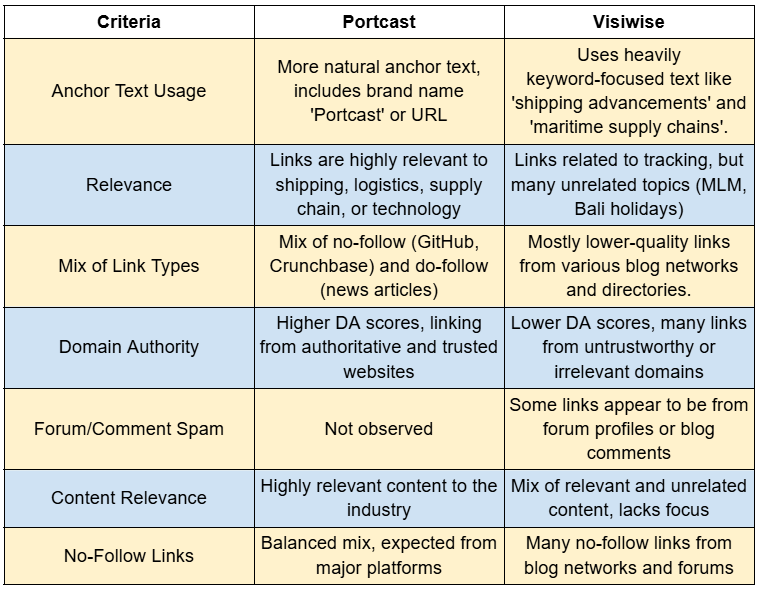
1️⃣ Strengthening Commercial Pages with Strategic Backlinks
📌 Problem:
- Most of Portcast’s backlinks point to its homepage or blog, while high-intent pages (like tracking and solutions pages) remain weak in link equity.
- Competitors like Visiwise have high backlinks specifically pointing to tracking pages, boosting their authority for transactional searches.
2️⃣ Create Content That Attracts Natural, High-Quality Links
📌 Problem:
- Portcast’s blog lacks evergreen content and is mostly news-driven (e.g., tariff updates, funding news, port strikes). This will fade away easily.
- Competitors dominate high-intent searches with detailed, structured, evergreen content. In the below table you can see better consistency in VisiWise and better strategic content.
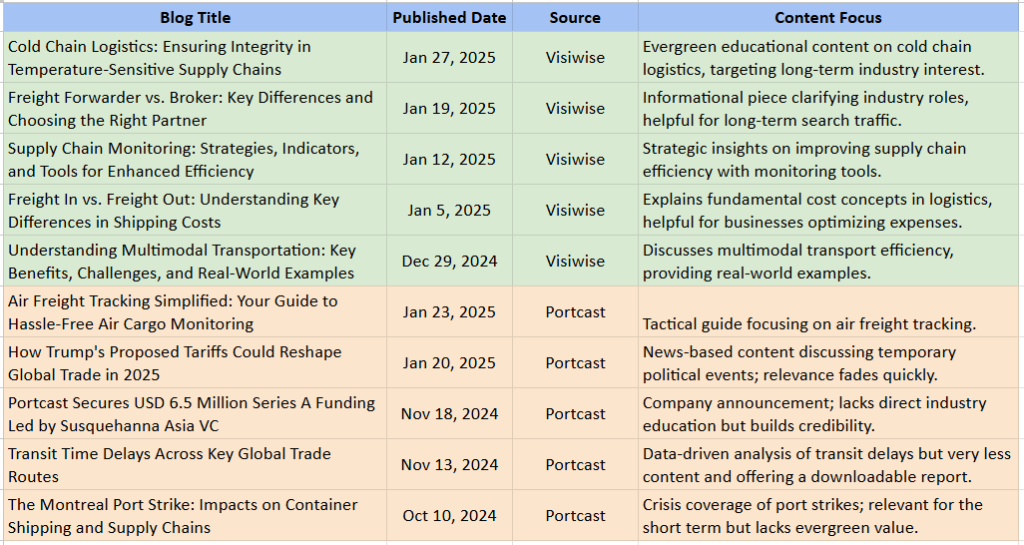
✅ Solution:
- Publish high-value, long-form blogs on supply chain topics that naturally attract backlinks from logistics websites.
- Examples of high-impact content topics:
- “How to Cut Shipping Delays by 30% with Predictive ETA”
- “Hidden Costs of Shipment Delays: How to Save Millions”
- A Comparison of Leading Maritime Visibility Solutions (Positioning Portcast as an industry leader)
- Case Studies & Whitepapers:
- Detailed case studies on how Portcast helped businesses reduce delays or optimise supply chains can generate natural links from industry sources.
- Comparative & Data-Backed Reports:
- Reports like “Top 10 Shipping Hubs with the Worst Delays” can attract organic media coverage.
3️⃣ Make Content Distribution More Strategic
📌 Problem:
- Portcast’s LinkedIn engagement is weak (<1 post per week, minimal interactions).
- Competitors drive traffic through consistent thought leadership posts, blog promotions, and partnerships.
✅ Solution:
- Turn blogs into LinkedIn content formats:
- Short, insight-driven posts summarising key blog takeaways.
- Industry news commentary linking back to Portcast’s reports.
- Host LinkedIn webinars or live Q&A sessions with supply chain experts.
- Leverage partnerships to cross-promote content (e.g., AWS, Siemens, logistics news platforms).
4. Optimising Portcast for Growth: Core Web Vitals, Lead Generation & CRO, and Performance Metrics
Portcast has a strong foundation in SEO and authority, but to truly scale, it must focus on page speed, conversion rate optimisation (CRO), and measurable performance metrics. Let’s break down the key areas of improvement and how they can unlock higher rankings, better conversions, and faster business growth.
1️⃣ Core Web Vitals Optimisation: Enhancing User Experience & SEO
Why it Matters: Google prioritises fast, stable, and responsive websites in rankings. Portcast’s LCP (9.4s) is too high and needs urgent fixes.
📌 Key Issues & Fixes:
✅ Largest Contentful Paint (LCP) is 9.4s (should be under 2.5s) → Optimise images, enable lazy loading, and reduce third-party scripts.
✅ First Contentful Paint (FCP) is 3.7s (should be under 2s) → Reduce JavaScript execution time and improve caching.
✅ Time to First Byte (TTFB) is 2.4s → Implement server-side caching & use a CDN for faster response times.
✅ Total Blocking Time (TBT) is 1,630ms (should be under 200ms) → Minify JavaScript and defer unnecessary scripts.
✅ Cumulative Layout Shift (CLS) is 0.017 (Good, but can improve) → Ensure images have defined dimensions and avoid late-loading elements.
🔑 Outcome: Faster pages = higher SEO rankings, lower bounce rates, and improved UX.
2️⃣ Lead Generation & CRO (Conversion Rate Optimisation)
Why it Matters: Portcast gets traffic but has friction in lead capture. The goal is to convert more visitors into customers.
📌 Key Opportunities for CRO:
✅ Reduce Lead Capture Barriers: Right now, tracking requires a “Book a Meeting” step. Allow instant tracking before requesting details. This will boost SEO rankings as lower bounce rates and better user experience contribute to improved search performance.
Instead of forcing users to book a meeting before tracking, Portcast can incentivise them to share their WhatsApp number as part of their journey once they complete tracking. A pop-up like “Want Real-Time Updates on Your Shipment? Get Instant Alerts on WhatsApp!”
✅ A/B Test Landing Page Elements: Compare different CTA placements, button colours, and form lengths to optimise conversions.
✅ Live Chat for Instant Engagement: Add a live chat assistant to capture leads before they exit or integrate tools like SalesIQ and optimise page
🔑 Outcome: More inbound leads, higher engagement, and reduced bounce rates.
5. What Digital Marketers Can Learn from This Marketing Case Study
In this content marketing case study the strategies we’ve discussed—SEO, content marketing, backlinks, UX, and CRO—aren’t limited to logistics tech. Whether you’re marketing an e-commerce brand, a SaaS startup, or a local business, the same principles apply.
🔹 Optimise for user intent, not just rankings.
🔹 Build backlinks naturally, not through shortcuts.
🔹 Make every visitor’s journey smooth—from discovery to conversion.
For Portcast, fixing these gaps could mean outranking competitors and scaling faster. For digital marketers, mastering these strategies means staying ahead in any industry.
What do you think is the biggest challenge in scaling a business through SEO & content marketing? Drop your thoughts below! 👇











